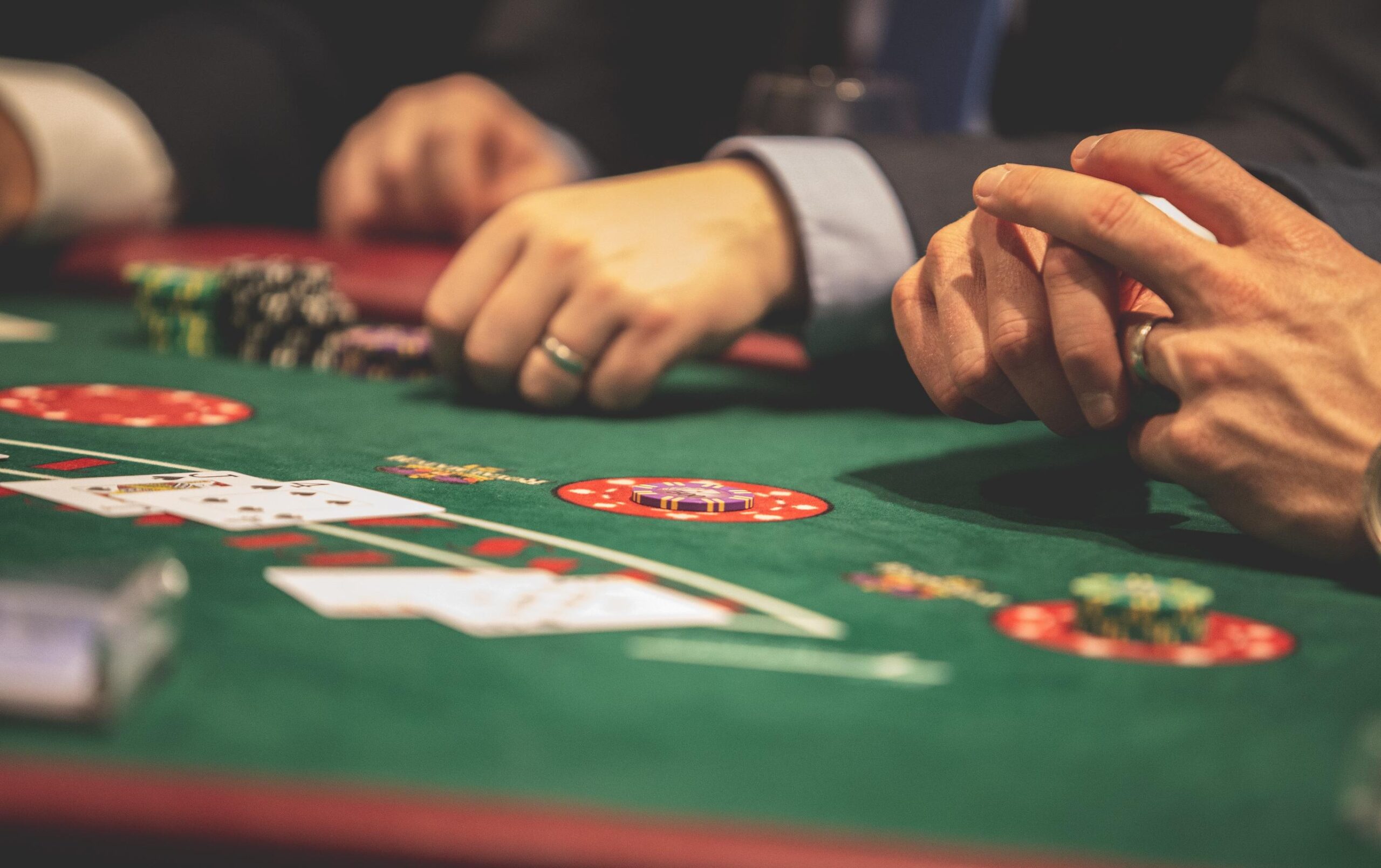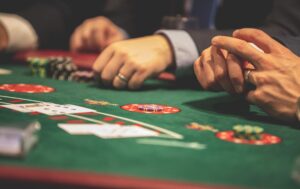
Poker is a game of strategy, skill, and, most importantly, psychology. At its core, the game is about betting by Hustler Poker (허슬러포커). You bet when you have a good hand to extract value, and you bet when you don’t have a hand to give the illusion that you do. This latter maneuver is called bluffing, a tactic as integral to poker as the ace is to the deck. But what exactly is bluffing, and why is it so crucial to the art of the game?
Understanding the Bluff
A bluff is a bet or raise made with a hand a player believes is not the best hand. The goal is to get other players to fold, to “win without a showdown.” It is a powerful tool that can break opponents’ spirits, win pots without resistance, and set up profitable situations down the line. But it’s not without risk. A poorly executed bluff can be costly, and if players catch on that you are bluffing too often, it can lead to a downward spiral.
The Elements of a Successful Bluff
A successful bluff hinges on several factors. The first is an understanding of the situation. This involves knowing your opponents, your table image, and how these perceptions might influence the decision-making of other players. It also means paying attention to the game’s dynamic—knowing when players are more likely to fold or when they’re more apt to call.
The second factor is timing. A well-timed bluff works when it’s plausible that you could have a strong hand based on the betting action and the cards on the board. If the game suggests you could have a straight or a flush, it’s a good time to be representing those hands.
Thirdly, and perhaps most importantly, is execution. A strong bluff is convincing. It’s not just about the size of the bet, but the story you tell with it. If your betting pattern is consistent with a strong hand, your bluff is more likely to succeed. The phrasing of the story is crucial—being too eager or too hesitant can give your hand away.
Finally, you have to accept the potential for failure. Sometimes, despite your best efforts, someone will call your bluff. That’s okay. It’s all part of the dance. In fact, a controlled failure can be useful in setting up a successful bluff later in the game.
The Psychological Game
Bluffing works because poker is not just a game of chance or even skill. It is also a psychological game. It’s about making opponents doubt themselves and their reads on you. A successful bluff can change the way your opponents play for the entire session.
Opponents are always looking for patterns and tells, and a good bluffer will feed them false information. This can make reading a player in subsequent hands that much harder. It can make them doubt their reads on you and can even make them hesitant to take you on, fearing another bluff.
Bluffing as an Art Form
Bluffing is one of the more enchanting elements of poker. It requires creativity, bravado, and a certain amount of showmanship. To the untrained eye, it might look like lying, but to those who know the game, it’s a calculated maneuver that requires as much precision as any other facet of poker.
In the end, bluffing is about control. It’s about controlling the narrative of a hand and, in a wider scope, controlling the dynamic of the game. It’s about using the cards you are dealt, not only to make money but to assert your dominance over the table.
Bluffing isn’t for the faint of heart, but for those willing to take the risk, it’s a tool that can separate the good players from the great ones. It’s an expression of poker that goes beyond the mechanics of the game, revealing its deeper nature as a human endeavor, a test not just of the cards you hold, but the player you are.




